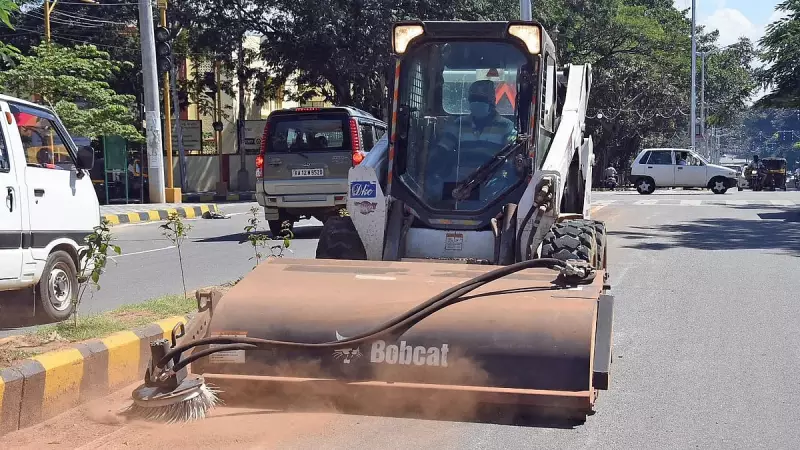
India's ambitious river cleanup mission, particularly the flagship Namami Gange program, has become a subject of intense scrutiny as massive financial investments totaling approximately ₹9,000 crore have failed to deliver the promised results. The government's expensive experiments in cleaning the country's sacred rivers, especially the Ganga, continue to face significant challenges despite years of effort and substantial funding.
The Massive Financial Commitment
The central government has allocated enormous resources to tackle river pollution across India. The Namami Gange program alone has seen spending of around ₹9,000 crore between 2015 and 2023, making it one of the most expensive environmental initiatives in the country's history. This massive investment was intended to address the critical issue of river pollution that affects millions of Indians who depend on these water bodies for drinking, agriculture, and religious purposes.
Despite this substantial financial commitment, the results have been disappointing. Recent reports indicate that only about 25% of the sewage generated in towns along the Ganga river is being effectively treated. This staggering statistic reveals the enormous gap between investment and outcomes, raising serious questions about the effectiveness of current cleanup strategies.
Technical Challenges and Failed Experiments
The river cleanup mission has been plagued by technical difficulties and questionable experimentation choices. Authorities have tried various approaches, including expensive aeration techniques and other technological interventions that have yielded limited success. These methods, while scientifically sound in theory, have struggled to cope with the scale and complexity of India's river pollution problem.
One of the fundamental issues lies in the inadequate sewage treatment infrastructure. Many cities and towns along major rivers lack sufficient treatment capacity, and existing facilities often operate below their intended efficiency. The situation is particularly dire in densely populated urban areas where industrial and domestic waste directly enters river systems without proper treatment.
The cleanup efforts have also faced criticism for their piecemeal approach rather than addressing the problem holistically. Instead of implementing comprehensive solutions that tackle pollution at source, the program has often focused on temporary measures that provide visible but short-term improvements.
Broader Implications and Future Directions
The struggle to clean India's rivers has significant implications beyond environmental concerns. Public health, agricultural productivity, and religious practices are all affected by the quality of river water. The continued pollution poses serious health risks to communities that rely on these water sources for daily needs.
Environmental experts suggest that a more sustainable approach focusing on prevention rather than cleanup might yield better results. This would require stricter enforcement of pollution control measures, better urban planning to manage waste, and increased public awareness about river conservation.
The experience with the Namami Gange program highlights the complex challenges of large-scale environmental restoration projects in developing countries. It underscores the need for realistic planning, transparent implementation, and continuous monitoring to ensure that public funds are used effectively for environmental protection.
As India continues its journey toward sustainable development, the lessons from the river cleanup mission could inform future environmental initiatives. The need for cost-effective, scalable solutions that deliver measurable results has never been more apparent, especially as water scarcity and pollution concerns continue to grow across the country.





